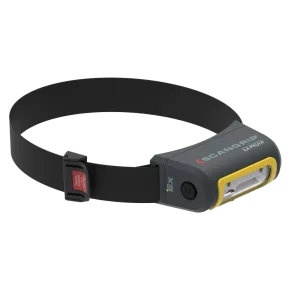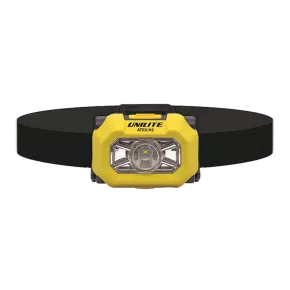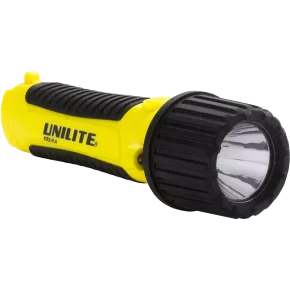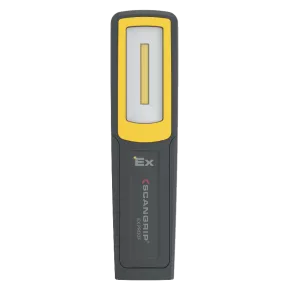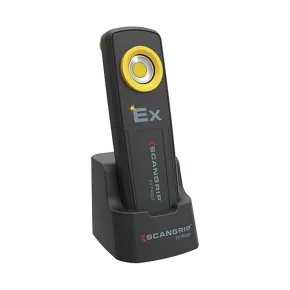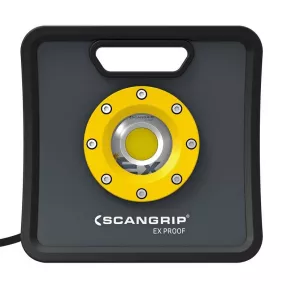Qu'est-ce qu'une zone ATEX ? Quel produit choisir ?
Vous vous demandez à quoi correspondent les zones ATEX? Vous vous demandez quels produits vous pouvez acheter qui correspondent à ces normes ?
Ne bougez plus, vous êtes au bon endroit.
Zones ATEX, définitions :
Tous les équipements antidéflagrants ne peuvent être construits selon les exigences maximales et ne peuvent donc pas être installés dans n’importe quel milieu représentant un risque d’explosion.
Les normes européennes distinguent en premier lieu trois groupes d’appareillages:
Groupe I: le matériel électrique destiné à être installé dans les mines pouvant contenir du grisou.
Groupe II: le matériel électrique pour tout autre espace présentant potentiellement des risques d’explosion gazeux.
Groupe III: le matériel électrique pour emplacements où il existe une atmosphère explosive de poussières, autres que les mines grisouteuses.
Les équipements du groupe II et III sont subdivisés en groupes d’explosion de respectivement gaz et poussière.
Les gaz et vapeurs et poussières sont classés en groupes d’explosion.
Ces groupes sont définis en fonction de la capacité d’allumage et d’explosion d’un mélange explosif. Les poussières sont classés en groupes d’explosion en fonction de leur taille et la conductivité électrique. Tout matériel électrique doit indiquer pour quel groupe (A, B ou C) il a été conçu. Il est évident que les appareils portant le marquage IIC ou IIIC répondent aux exigences les plus sévères et conviennent donc également aux gaz respectivement poussières des groupes A et B.
Mines grisouteuses
Groupe I : Méthane
Industries de surface
Groupe IIA : Propane, Octane, Acétone, Ammoniaque
Groupe IIB : Ethylène, Oxyde de carbone
Groupe IIC : Hydrogène, sulfure de carbone, Acetylène
Emplacements où il existe une atmosphère explosive de poussière
Groupe IIIA : Particules combustibles en suspension dans l'air
Groupe IIIB : Poussières non conductrices
Groupe IIIC : Poussières conductrices
Vous trouverez également un classement des températures pour les équipements du groupe II :
La température d’inflammation varie selon la nature et les caractéristiques des gaz présents. La température de la surface extérieure d’un équipement antidéflagrant ne peut pas être telle qu’elle devient une source d’auto inflammation pour le milieu environnant. C’est pourquoi le matériel électrique du groupe II est subdivisé dans les classes de températures suivantes, basées sur la température de surface maximale:
Classe de température / Température maximale de surface
T1 : 450°C
T2 : 300°C
T3 : 200°C
T4 : 135°C
T5 : 100°C
T6 : 85°C
Une fois ces éléments identifiés, vous pouvez passer à la définitions des zones ATEX:
Classification en zones
Chaque espace ou milieu où il y a risque d’explosion de gaz est réparti en zones (0, 1 ou 2), selon le risque que présente un éventuel mélange explosif dans cet espace.
Zone 0 : comprend des zones où un mélange de gaz explosif est présent de façon permanente ou prolongée.
Exemples : intérieur des cuves, intérieur des réacteurs.
Zone 1 : comprend des zones où un mélange de gaz explosif pourrait se manifester accidentellement.
Exemples : à proximité des orifices de remplissage, à proximité de la zone 0, à proximité des pompes et valves.
Zone 2 : comprend des zones où un mélange de gaz explosif pourrait se manifester accidentellement, et dans ce cas brièvement.
Exemples : à proximité de la zone 0 ou 1, zone autour des brides de raccordement avec joint lisse.
Zone 20 : comprend des zones où un mélange de poussière explosif est présent de façon permanente ou prolongée.
Exemple : intérieur des silos à grain
Zone 21 : comprend des zones où un mélange de poussière explosif pourrait se manifester accidentellement.
Exemple : à proximité des orifices de remplissage, à proximité de la zone 20.
Zone 22 : comprend des zones où un mélange de poussière explosif pourrait se manifester accidentellement, et dans ce cas brièvement.
Exemple : à proximité de la zone 20 ou 21.
Maintenant que vous savez à quoi correspondent les zones ATEX, vous pouvez maintenant déchiffrer le niveau de protection de votre matériel.
Les niveaux de protection du matériel
Groupe I: mines
- EPL Ma: Appareils destinés à être installés dans une mine de charbon, qui ont un niveau de protection très élevé et qui en cas de dérèglement exceptionnel de l’appareil continueront à fonctionner dans un milieu explosif.
- EPL Mb: Appareils destinés à être installés dans une mine de charbon, qui ont un niveau de protection très élevé et qui en cas de risque d’explosion seront coupés de l’alimentation électrique.
Groupe II: gaz
- EPL Ga: Appareils destinés à être installés dans un milieu à gaz explosif, qui offrent un niveau de très protection élevé et qui en cas de dérèglement exceptionnel de l’appareil garantissent ce niveau de sécurité.
- EPL Gb: Appareils destinés à être installés en milieu gaz explosif, qui offrent un niveau de protection élevé et qui en cas de dérèglements fréquents ou de fonctionnement défectueux de cet appareil, garantissent ce niveau de sécurité.
- EPL Gc: Appareils destinés à être installés dans un milieu à gaz explosif, qui offrent un niveau de protection normal et qui, en fonctionnement normal, garantissent ce niveau de sécurité.
Groupe III: poussières
- EPL Da: Appareils destinés à être installés dans un milieu à poussière explosif, qui offrent un niveau de protection très élevé et qui en cas de dérèglement exceptionnel de l’appareil garantissent ce niveau de sécurité.
- EPL Db: Appareils destinés à être installés en milieu à poussière explosif, qui offrent un niveau de protection élevé et qui en cas de dérèglements, garantissent ce niveau de sécurité.
- EPL Dc: Appareils destinés à être installés dans un milieu à poussière explosif, qui offrent un niveau de protection normal et qui, en fonctionnement normal, garantissent ce niveau de sécurité.
Zone / Niveaux de protection du matériel (EPLs)
Zone 0 : Ga
Zone 1 : Ga ou Gb
Zone 2 : Ga, Gb ou Gc
Zone 20 : Da
Zone 21 : Da ou Db
Zone 22 : Da, Db ou Dc
Si vous avez besoin de produits ATEX, vous êtes au bon endroit, découvrez notre gamme complète :
Lampe frontale LED ATEX EX-VIEW - 200 LUMENS
Lampe frontale LED ATEX-H2 - 225 LUMENS
Lampe torche LED ATEX FL4 - 140 LUMENS
Lampe torche LED ATEX RA2 - 350 lumens
Lampe baladeuse ATEX MIDI-EX - 200 LUMENS
Lampe baladeuse ATEX UNI-EX - 350 LUMENS
Projecteur LED ATEX NOVA-EX - 3 400 LUMENS
Partager ce contenu



